In 1979 the J.H. Filbert company developed a spread, I Can’t Believe It’s Not Butter!, that offered the taste and functionality of butter minus the cholesterol. Through memorable TV commercials, many of which featuring long-haired heartthrob Fabio, the brand convinced millions of Americans that butter was one animal-based product that could be swapped out for something healthier. And although I Can’t Believe It’s Not Butter! was anything but the poster child for healthy eating (complete with oodles of saturated fat, palm and palm kernel oil, flavorings of unspecified origin, and cow’s milk), it opened up the possibility of replacing animal-based foods with healthier, and often vegan, substitutions.
In the intervening decades, there’s been good news on two fronts of this movement. Firstly, you can find vegan substitutions for just about every animal-based product on the market, from milk to bacon. And secondly, you don’t have to rely on commercially formulated products to cook and bake delicious food minus the old staples of dairy, eggs, and meat. Plant-based bloggers, cookbook authors, and chefs have discovered plenty of clever kitchen hacks that will have your family and friends exclaiming, “I can’t believe it’s not butter/eggs/yogurt/cream/cheese!”
The Healthy Diet Challenge

Transitioning to a healthier diet isn’t always easy. One of the big challenges for many people is the belief that they have to throw out their family cookbook. After all, those delicious recipes handed down from generation to generation are almost always full of unhealthy ingredients. Baking often depends on the unholy trinity of sugar, butter, and white flour. Savory dishes are often drenched in butter, salt, and cheese. Stocks and stews often start with meat, a bone, or chicken stock. Changing your diet can feel like orphaning yourself from your familiar and cultural heritage.
If you’re trying to reduce or eliminate animal products, there’s lots of room for confusion. What ingredients are completely off-limits, and which should you just limit? Can you leave them out of a recipe without ruining it? What are some good (and not-so-good) replacements? Do plant-based versions exist? Are they truly plant-based, or, like I Can’t Believe It’s Not Butter!, do they still contain animal products in sneaky packaging? And if you do find a substitute, how much should you use?
If you adopt a specialty diet, such as Bright Line Eating, which eliminates flour and sugar entirely, or the SOS-free diet (avoiding sugar, oil, and salt), you may also find yourself craving or missing the forbidden ingredients and wondering how you can replace them in ways that feel good while still supporting your health and weight goals.
In this article, I’ll share the best ways to replace animal products, as well as sugar, salt, oil, and gluten flours, in your favorite recipes. You’ll discover the most common vegan recipe substitutions — and how to use them in your cooking and baking.
Vegan & Plant-Based Recipe Substitutions
1. Milk

Milk is one of the easiest foods to replace with a plant-based analog. Store brands of soy, almond, cashew, coconut, hemp, and oat milk are readily available these days, even in mainstream supermarkets and warehouse stores. The downsides are, they’re typically more expensive than cow’s milk (which is a tribute to the power of ill-advised farm subsidies), they usually come in wasteful packaging, and they often contain not-so-healthy ingredients like added sugar, carrageenan, and natural flavors.
Fortunately, plant-based milk is one of the simplest foods to make from scratch. Soy and nut milks, in particular, lend themselves to home preparation. You can use a blender and a pot over the stove, or you can buy a nifty gadget that enables you to make a wide range of non-dairy milk options at the push of a button. Almond Cow is one such machine, retailing for a couple hundred dollars, that can pay for itself within a few months, depending on the intensity of your Silk or Oatly habit.
The different kinds of plant milks have different properties, such as protein, fat, and sugar content, as well as slightly different flavor profiles that make them more or less suitable for various applications. For most recipes, you can use the same amount of plant milk as dairy milk, which is nice since it eliminates the need for math.
Soy Milk
Soy milk, the only readily available milk option for a long time, is the one most similar to dairy milk due to its thickness and nutritional composition. For example, soy milk’s protein content, which is roughly the same as that of cow’s milk, allows for the Maillard reaction, which is when proteins and sugars heat up and create that lovely and delicious “browning” effect. If you like your bread and pie crusts to be brown-but-not-burnt, soy may be the milk substitute for you. Just make sure to go for organic or non-GMO to avoid GMO soy.
Almond Milk
Almond milk works well in baking and recipes that can stand a hint of sweetness. Because of its lower protein content, baked goods that include almond milk won’t crisp on the surface.
Cashew Milk
Cashew milk, like its nut-cousin almond milk, is lower in protein than dairy milk. It’s not ideal for baking, but its high-fat content and creaminess makes it ideal for creamy sauces like alfredo.
Coconut Milk
Coconut milk (the beverage, not the canned version) is good for baking when you don’t mind a hint of coconut flavor in the mix. Avoid using it in savory dishes that will clash with coconut. One good place to use coconut milk is in Thai soups and stews.
Rice Milk
Rice milk is much thinner than the other non-dairy milk types and may require additional thickening agents to maintain consistency. Organic corn starch and rice flour are two effective thickeners you can use with rice milk.
Oat Milk
Oat milk is all the rage these days, with baristas introducing it into fancy, non-dairy coffee drinks. It’s similar in properties to low-fat dairy milk and has a mild, slightly sweet taste. It’s great over cereals, in smoothies, and in savory cream soups and sauces. You can also use it in baking with good results.
Hemp Milk
Hemp milk is high in protein, which makes it a good choice for baking. With its strong taste, you may prefer it in savory rather than sweet dishes.
Flax Milk
Flax milk, which consists of flaxseed oil and water, is high in fat and completely devoid of protein or anything resembling good flavor. Commercial varieties add thickeners, sweetener, and natural flavor to fill in for these gaps. But if you’re concerned about getting enough omega-3 fatty acids in your diet without consuming fish, flax milk may be part of the equation. It’s a versatile milk, able to blend into both sweet and savory dishes.
Tip: Since many store-bought plant milks come flavored or sweetened, make sure to buy unsweetened, especially for savory recipes. Nobody wants broccoli and pasta alfredo with the overwhelming taste of vanilla.
Check out our article about non-dairy milks here.
2. Buttermilk
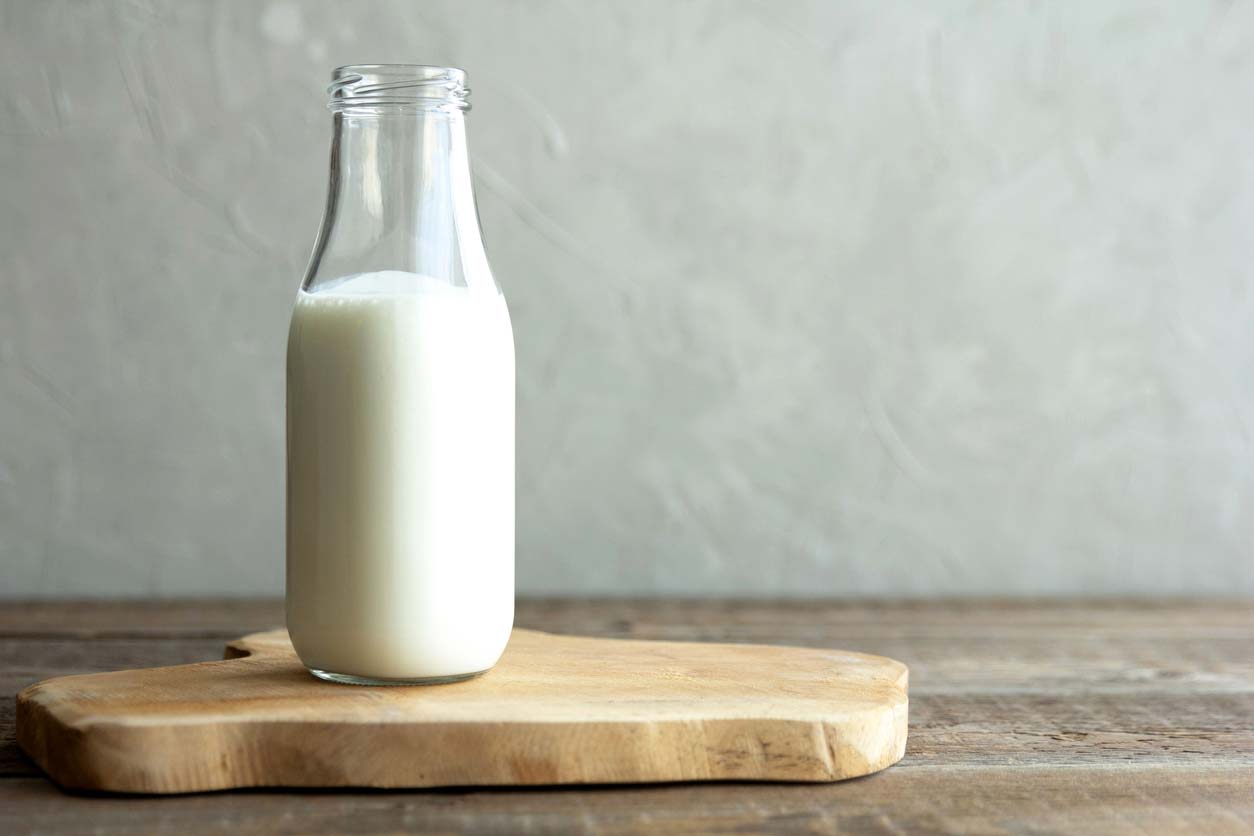
You can’t buy vegan buttermilk in the store (at least, not yet). But not to worry. It’s really easy to make your own for use in pancakes, muffins, and other recipes that call for slightly fermented, tangy milk.
Buttermilk gets its name from its origin, namely the fermented liquid left over from the process of churning butter. Because of all those active bacteria, buttermilk contributes a light, fluffy texture to many baked goods. To make a non-dairy version, you need a neutral ingredient and an acid ingredient.
For one cup of buttermilk, here are three easy options:
- 1 cup of plant-based milk + 1 Tbsp of lemon juice or vinegar
- 1 cup of plant-based milk + 1 ½ Tbsp of cream of tartar
- ¼ cup of silken tofu, pinch of salt, 1 Tbsp vinegar or lemon juice, and ½ cup water, all blended in a blender
3. Cheese
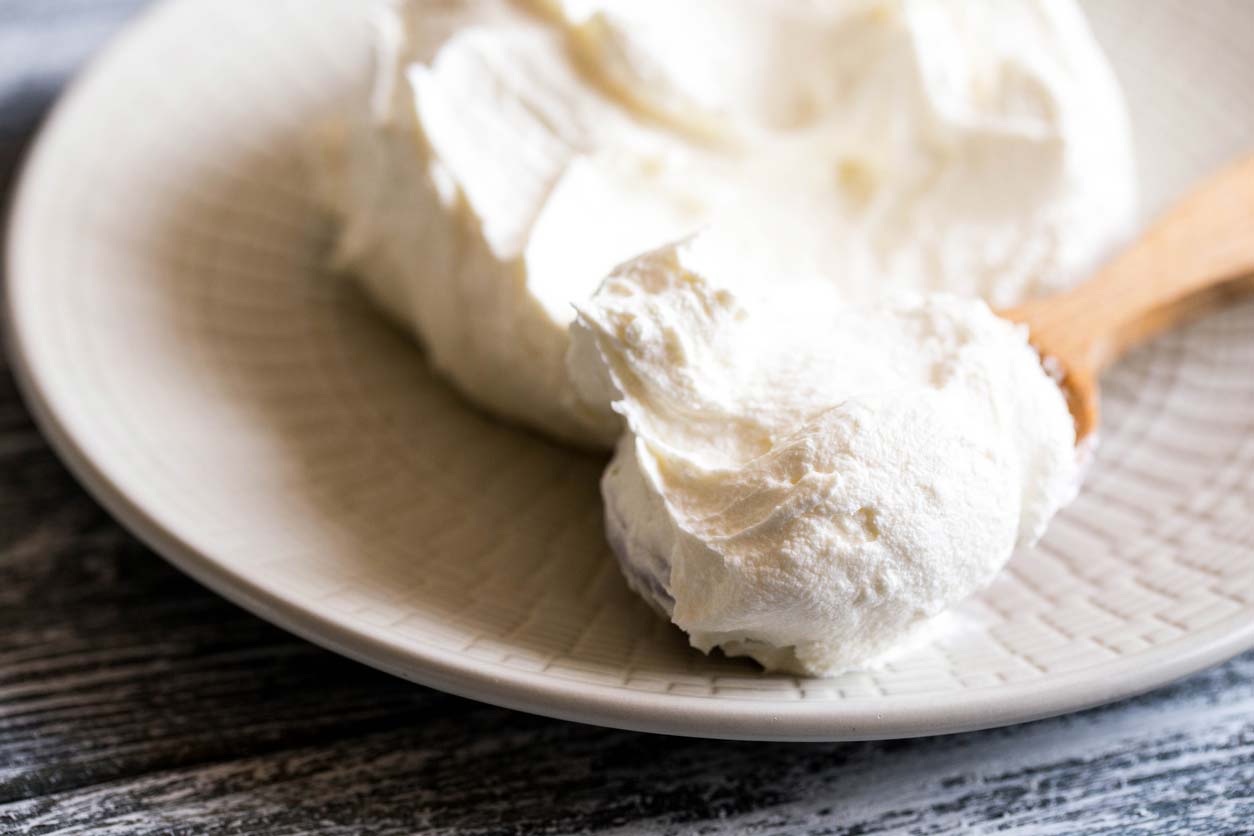
Since this is an article about healthy vegan substitutions for cooking, I’m not going to talk about what you can eat to replace a giant block of cheddar. Instead, let’s focus on replacing cheese as an ingredient in other dishes.
Cheese is often used as a topping to add gooeyness, saltiness, and a mouthwatering appearance. The simplest and healthiest alternative is sometimes to just leave it off completely. While there are plenty of non-dairy cheese substitutes available these days, including ones that melt and stretch and taste a lot like real cheese, they’re typically highly processed — and full of added flavorings and artificial ingredients. If you’re looking for a healthy option, you’ll want to pass on those. There are also some (generally pricey) fermented, non-dairy cheeses that are surprisingly delicious and nutritious, such as Miyoko’s.
Vegan Parmesan
Healthier and more affordable options include nutritional yeast, which you can sprinkle on top of dishes before or after baking for a cheesy flavor. You can add other ingredients, like toasted cashews and sesame seeds, and spices like fennel and caraway, to create a pretty convincing vegan parmesan. You can make a batch in bulk and keep it in a shaker in the fridge for whenever your Italian food calls for a sprinkle.
Cheese Sauce
You can make a cheese sauce with a base of cashews and various boiled vegetables like potato, sweet potato, and butternut squash. It can coat pasta and steamed veggies for a very satisfactory non-dairy version of mac n’ cheese. You can experiment with different ingredients and flavor profiles like Dijon mustard, nutritional yeast, and even miso paste to increase the umami-ness (probably not a word until just now) of your dishes.
Vegan Ricotta
If you’re looking for a plant-based ricotta substitute for lasagnas, baked shells, and cannolis, try tofu “cheeze,” which consists of firm tofu that’s been processed or blended into curds. Depending on how long you blend the tofu, you can also turn it into the texture of a cheese spread like cream cheese. If you keep the tofu in blocks, you can marinate it with vinegar and herbs to create a tangy feta alternative. And if mozzarella is your thing, here’s a great web page with several plant-based alternatives.
Check out our article about cheese here, and our article about nut cheeses here.
4. Eggs
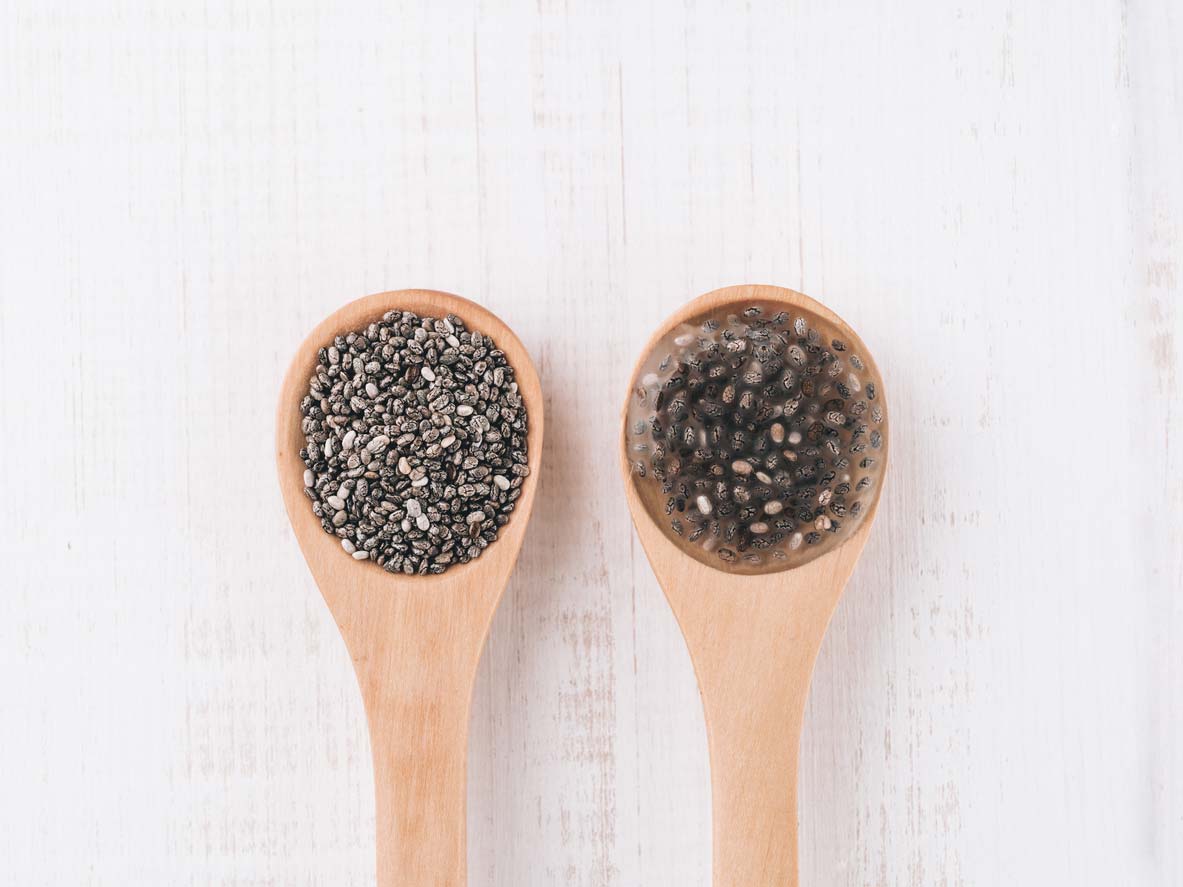
Vegans aren’t the only ones who sometimes want egg substitutes. Even if you eat eggs, you may find yourself without them when you need one for a recipe. Because eggs function in different ways, you’ll want to choose an option that fills the need in question. Eggs serve four basic purposes in cooking and baking: binding (holding things together), leavening (helping the dish rise), moisture, and foaming.
Flax or Chia Egg
For binding and moisture, one of the simplest substitutions is a flax or chia “egg.” Stir one tablespoon of ground flaxseeds or chia seeds into three tablespoons of water, and leave it to thicken for 15-30 minutes. A word of caution: if your recipe calls for three eggs or more, the seeds-and-water trick may not work well. Dishes with that many eggs, like soufflés, are meant to rise in the middle, and flax or chia will not accomplish this.
Applesauce or Aquafaba
Applesauce and aquafaba (the liquid from canned chickpeas) can also provide moisture and some binding ability. Add ¼ cup of applesauce for every egg called for in baked goods, or three tablespoons of aquafaba. You can also whip aquafaba into a meringue to replace egg whites.
Pureed Fruit
If the liquid replacement is the primary concern, you can substitute pureed fruits, such as banana, avocado, or canned pumpkin, in the amount of ¼ cup per egg. Make sure the flavor you’re adding doesn’t clash with the dish, however.
Tofu
Tofu can substitute for eggs in some recipes, especially to replace scrambled eggs. You can either puree the tofu, or just break it apart with your hands for use in breakfast scrambles and burritos. Make sure to buy organic tofu to avoid GMOs.
Store-Bought Egg-Free Substitutions
Finally, there are store-bought egg substitutes that behave remarkably like real beaten eggs. They aren’t healthy, and are highly processed, but may be acceptable to you if used sparingly in recipes.
Check out our article about eggs here.
5. Yogurt

These days, there are more plant-based yogurt options available than ever before. You can buy soy, cashew, almond, and coconut-based yogurts at most health food stores and even some mainstream supermarkets. You can substitute vegan buttermilk for yogurt on a 1-to-1 basis, or use coconut cream if you don’t mind a thicker consistency and a coconut taste. Blended silken tofu can also be used in a pinch. And given a day’s lead time and the right equipment, you can make your own plant-based yogurt. Vitaclay Chef makes a combo slow cooker and yogurt maker that features a clay insert for the yogurt. Many of the newer Instant-Pots also come with a yogurt button.
6. Butter
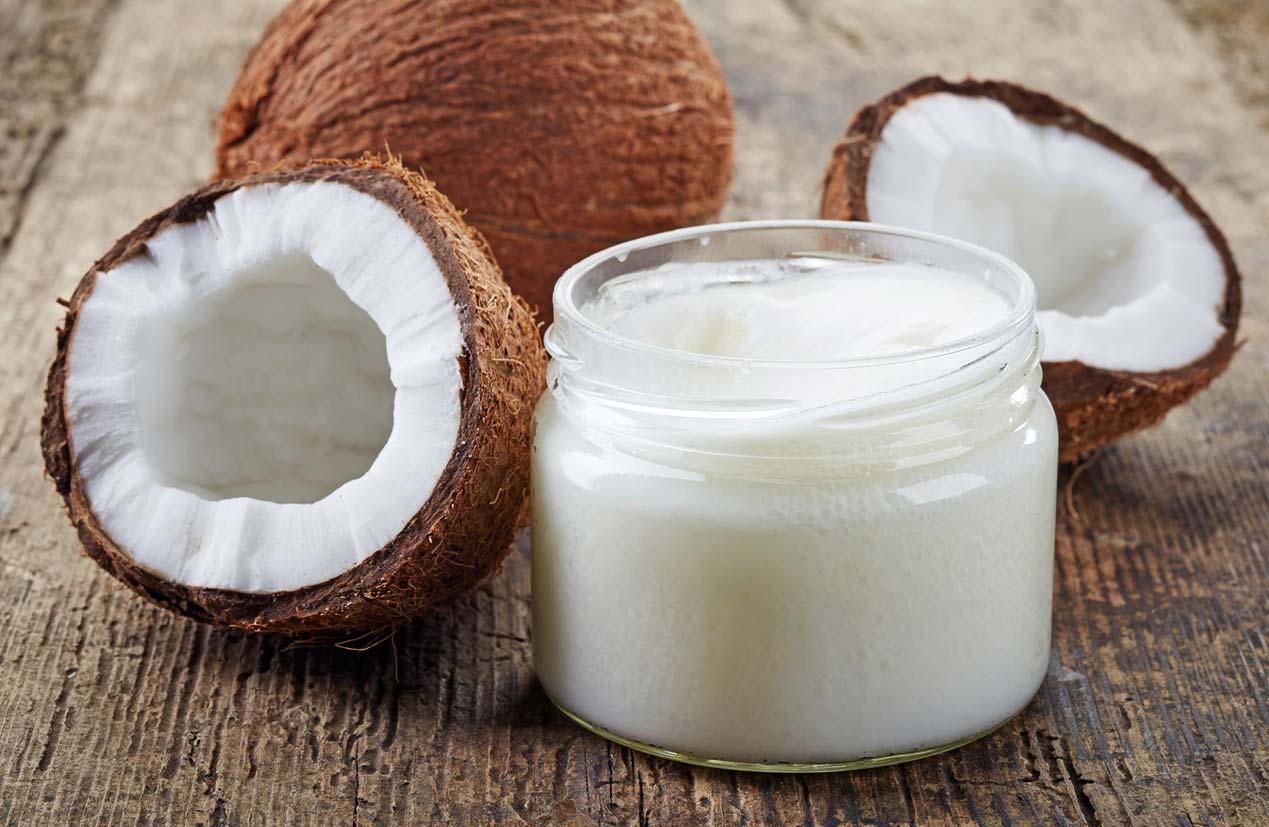
In baking, butter contributes moisture and fat, much like oil, and binds the other ingredients together, much like eggs, while also providing flavor. In cooking, butter is often used to saute or as the base of a sauce like bechamel or garlic butter. There are commercial vegan butters, but again, they are typically highly processed and not a lot healthier than regular butter. That said, Miyoko’s Creamery butter is amazingly similar to real butter. It can be a great way to introduce die-hard dairy lovers to the idea that they can enjoy their favorite dishes, cow-free.
If your recipe calls for melted butter, you can also substitute a vegetable oil such as coconut, avocado, or olive. Use ¾ of a cup of oil for one cup of butter. If it asks for hard butter, then you’ll need more of a solid equivalent. Coconut oil, which is solid at room temperature (depending on the temperature of the room, of course), may fit the bill. Applesauce, avocados (at half the amount of butter called for), and nut butters can also substitute in baked dishes.
7. Cream
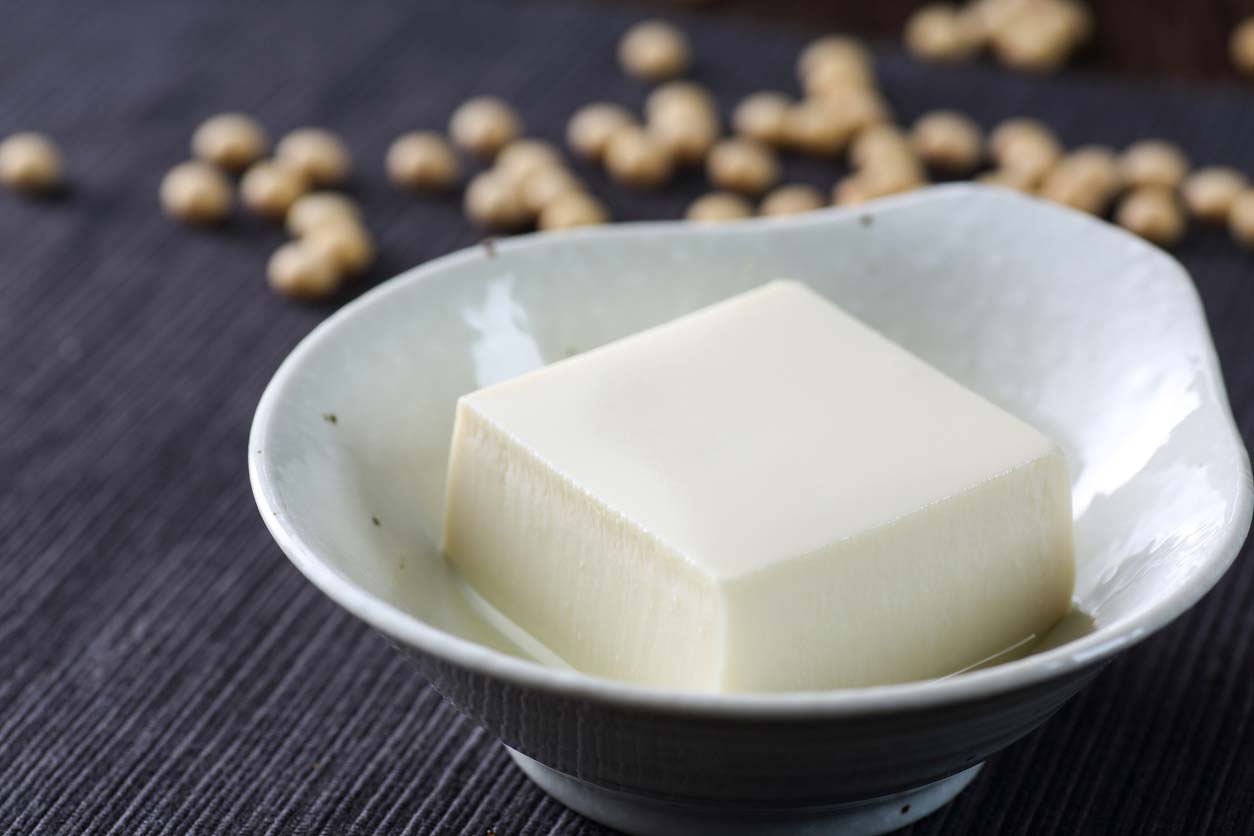
Heavy and sour cream will thicken sauces and provide that creamy mouth-feel to soups and stews. You can approximate the function of dairy cream with blended silken tofu (which is softer and smoother than firm tofu), nuts or seeds blended with water, or full-fat coconut cream. If you want to dive into the details of plant-based cream substitutes, check out this guide at Go Dairy Free.
8. Meat
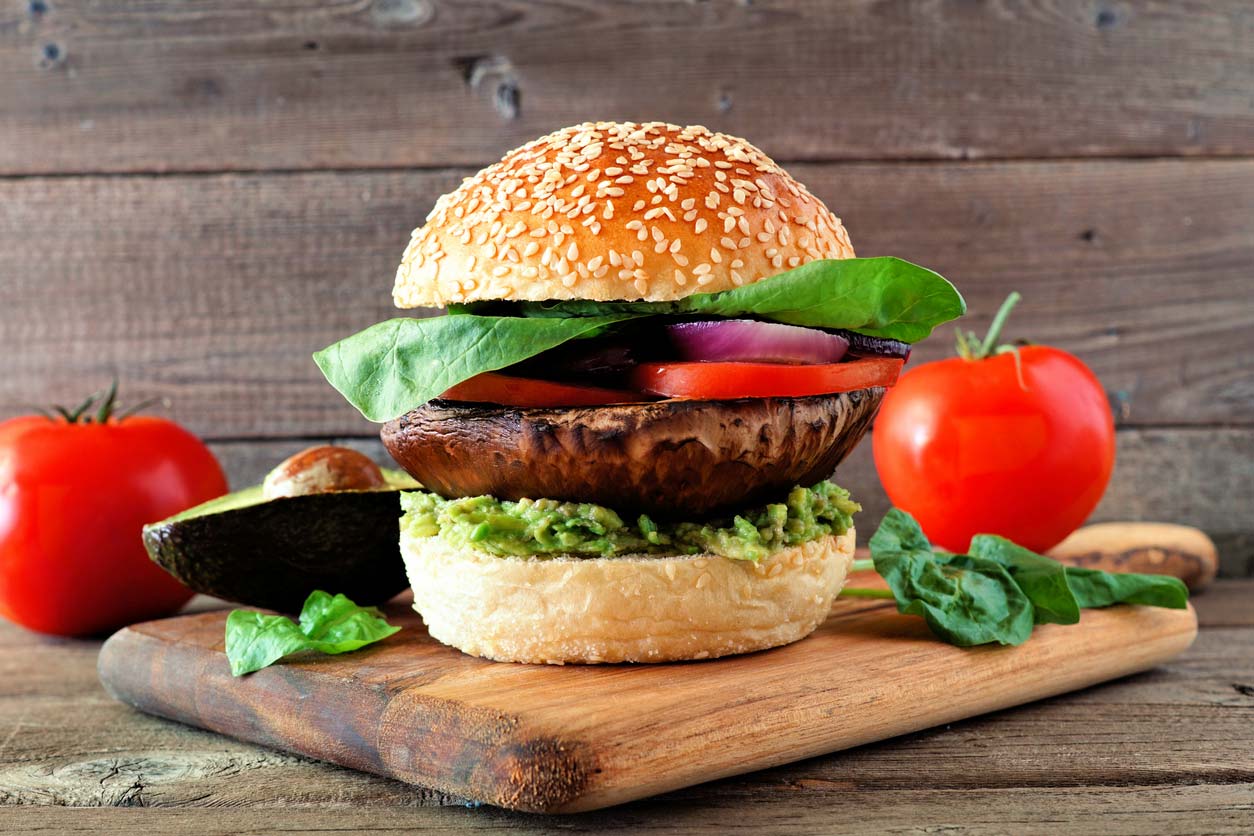
The standard American diet typically includes some form of meat at almost every meal. For some recipes, you can just omit the meat if it’s not a major focus of the dish. For example, you can leave the chunks of ham out of the pea soup, and the bacon out of the steamed collards. But that leaves recipes in which the meat is the main player. Luckily, we now live in a world full of ever more convincing plant-based analogs of meat. From beef to chicken to bacon to sushi fish, somewhere out there, you can find an alternative that can satisfy, if not fool, the staunchest meat lover.
But like store-bought cheese substitutes, meat substitutes can be unhealthy in their own right because they’re often highly processed and have added flavorings and artificial ingredients. They make useful transition foods and are helpful in showing meat-eaters that they can eliminate animal products from their diets without deprivation, but for everyday use, there are plenty of healthier options.
From a functional nutrition perspective, you can keep the protein and the chewiness of meat while jettisoning the saturated fat, heme iron, hormones, persistent organic pollutants, and cruelty by replacing it with cooked beans. For an umami taste and meat-like chewiness, mushrooms can also serve as a satisfying replacement. If you like seafood, there are several varieties of mushrooms that have a “fishy” taste — in a good way.
If you want that additional meaty chewiness, relatively unprocessed soy foods like tempeh and tofu can substitute in stews and soups. If you don’t need to avoid gluten, you can also marinate and cook seitan in ways that resemble cubed beef or chicken nuggets. And if you still have a thing for bacon, check out this cool coconut bacon recipe for a vegan option.
Healthy Recipe Substitutions
You may want to find alternatives not just to animal-based foods, but other ingredients as well. Let’s look at how to cook delicious dishes without sugar, white flour, salt, or oil.
Sugar
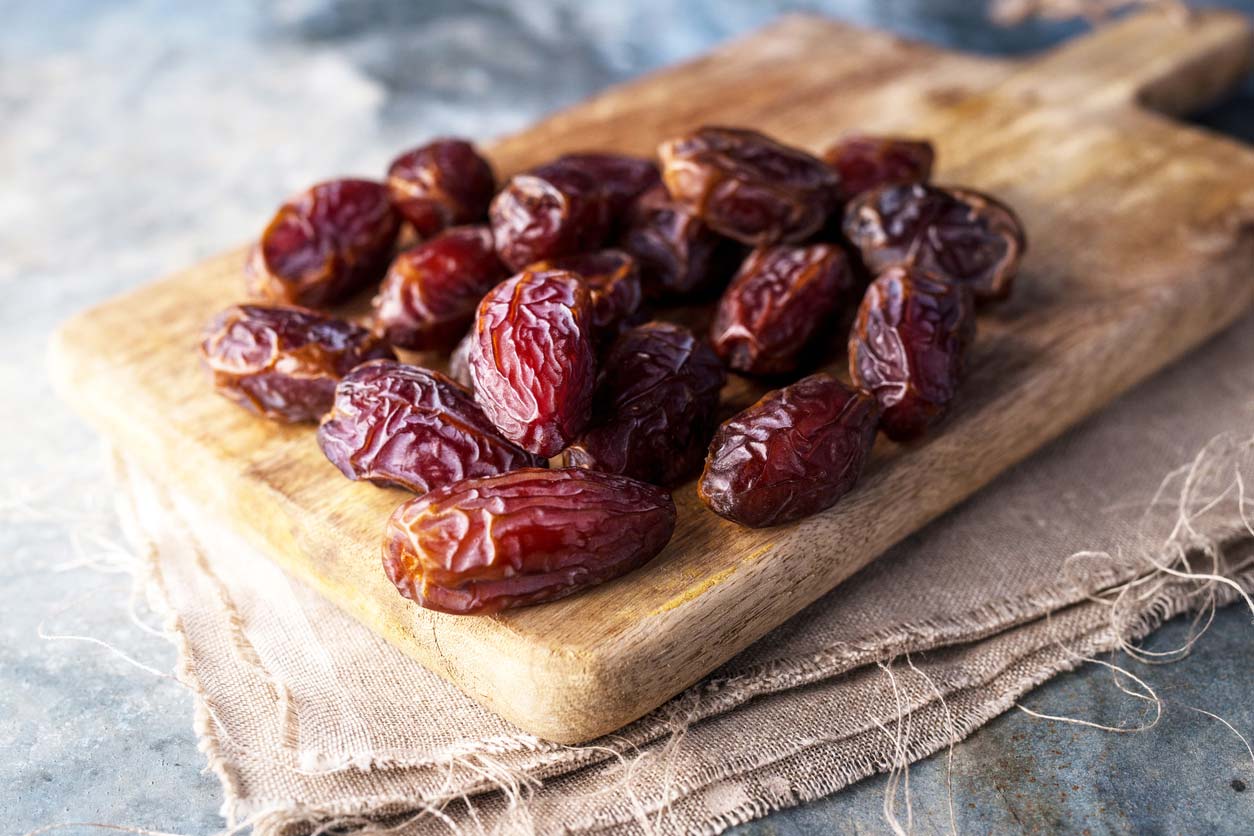
You have a lot of options for replacing white sugar. In fact, we’ve written an entire article on the subject. Dates are a particularly versatile non-sugar sweetener. As a quick summary, you can substitute date sugar 1-for-1 for refined sugars. Date syrup is even sweeter, as it lacks the fiber, so you can replace sugar in a recipe with ⅔ the amount of date syrup. And if you want to stay completely unprocessed, you can use dried dates to add sweetness. Soak them in warm water and then blend them to create date paste, which you can use in the same amount as the sugar called for in the recipe.
Another sweet replacement is molasses, which is a thick dark syrup that’s a byproduct of the refining of beets or cane into white sugar. It’s got a very strong and distinctive flavor, so you’ll definitely know it’s in there. You can substitute 1:1 for sugar, but it’s wet, so you’ll have to compensate by adding a tablespoon of flour for every ¼ cup of molasses if there’s no liquid you can remove from the recipe.
If you don’t want to fully eliminate sugar, but just reduce the amount in a recipe, you can do that with fruit puree. Bananas, pears, apples, and figs, along with dates, can replace ⅓ to ½ of the sugar — or all of it in some recipes.
White Flour
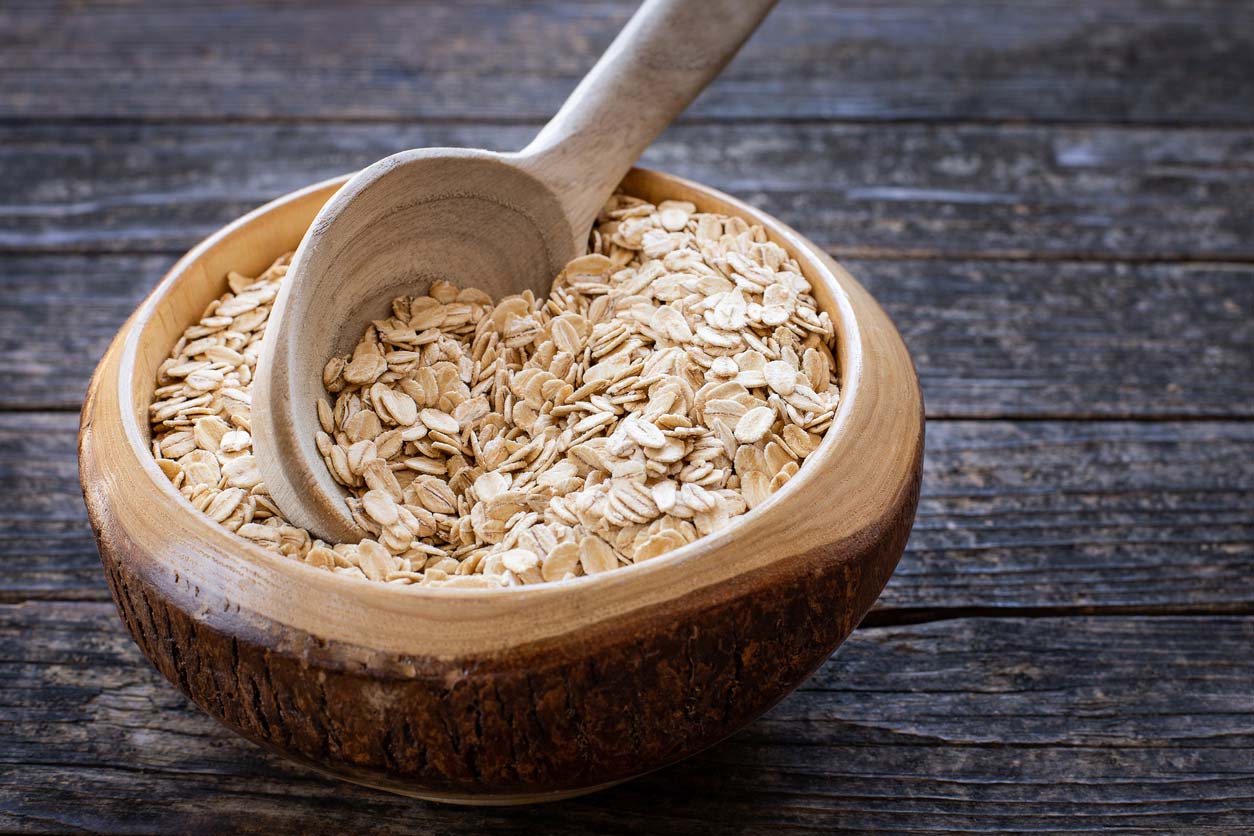
White flour can be a challenging ingredient to replace, especially in baked goods that have been formulated to take advantage of all the properties of wheat gluten. The flours from grains other than wheat have different properties that are suitable in some recipes and not others. You can find commercial baking blends for breads and cakes that combine many different flours and starches and other ingredients. King Arthur, for example, sells an all-purpose, gluten-free baking mix that features a couple different kinds of rice flour, potato and tapioca starch, cellulose (a food additive often sourced from wood), and xanthan gum (which mimics the stickiness that gluten provides). You can also make your own mix.
In some recipes, almond meal or almond flour can replace regular flour 1:1. You can buy them already ground, or grind your own almonds in a blender or food processor. Just don’t overprocess, or you’ll end up with almond butter.
Rolled oats can also serve in the place of flour, especially in cookies and other sweets that don’t have to rise much. You can lightly toast the oats and then process or blend them into flour. Just be aware that if you’re avoiding gluten, you need to make sure to get certified gluten-free oats.
For thickening sauces, you have more options. Cornstarch, arrowroot powder, and tapioca starch can all substitute for flour. Typically, you’ll mix the starch with cold water before adding to the sauce you want to thicken.
If you are going to use flour, the healthiest options include whole wheat, almond, coconut, buckwheat (despite the name, it’s not related to wheat and contains no gluten), rice, and quinoa. For bread baking, you’ll need to add a higher protein flour, which is typically made from legumes like garbanzo or soybeans.
Salt

If you’re trying to limit sodium in your diet for heart health, the simplest way is to simply omit or reduce the amount of salt you add to food. Your taste buds will adjust within a few weeks or months, and you won’t miss the salt. When you do stumble upon a “normal” dish at a restaurant or gathering, you’ll be amazed at how salty it now tastes.
One trick to reduce your salt intake is to add it at the table rather than during cooking. The tiny bit of salt on top of food will taste saltier than teaspoons added at the beginning of the cooking process.
You can also substitute other sources of sodium, such as miso paste, tamari, liquid aminos, or coconut aminos. Kelp granules (from seaweed) add both saltiness and “fishiness” to dishes, so they’re great when you’re making mock crab cakes and other seafood analogs.
And there’s a world of sodium-free herbs and spices that you can use to amplify the taste of cooked dishes that are salt-free. Benson’s Table Tasty is available online and shares its ingredient list if you want to make your own version: Nutritional yeast extract, carrot, red bell pepper, onion, lemon, arrowroot, celery, dill, paprika, allspice, sweet basil, and parsley. Other premade blends include Penzeys’ Mural of Flavor, Bragg’s Organic Sprinkle, and Mrs. Dash.
Oil
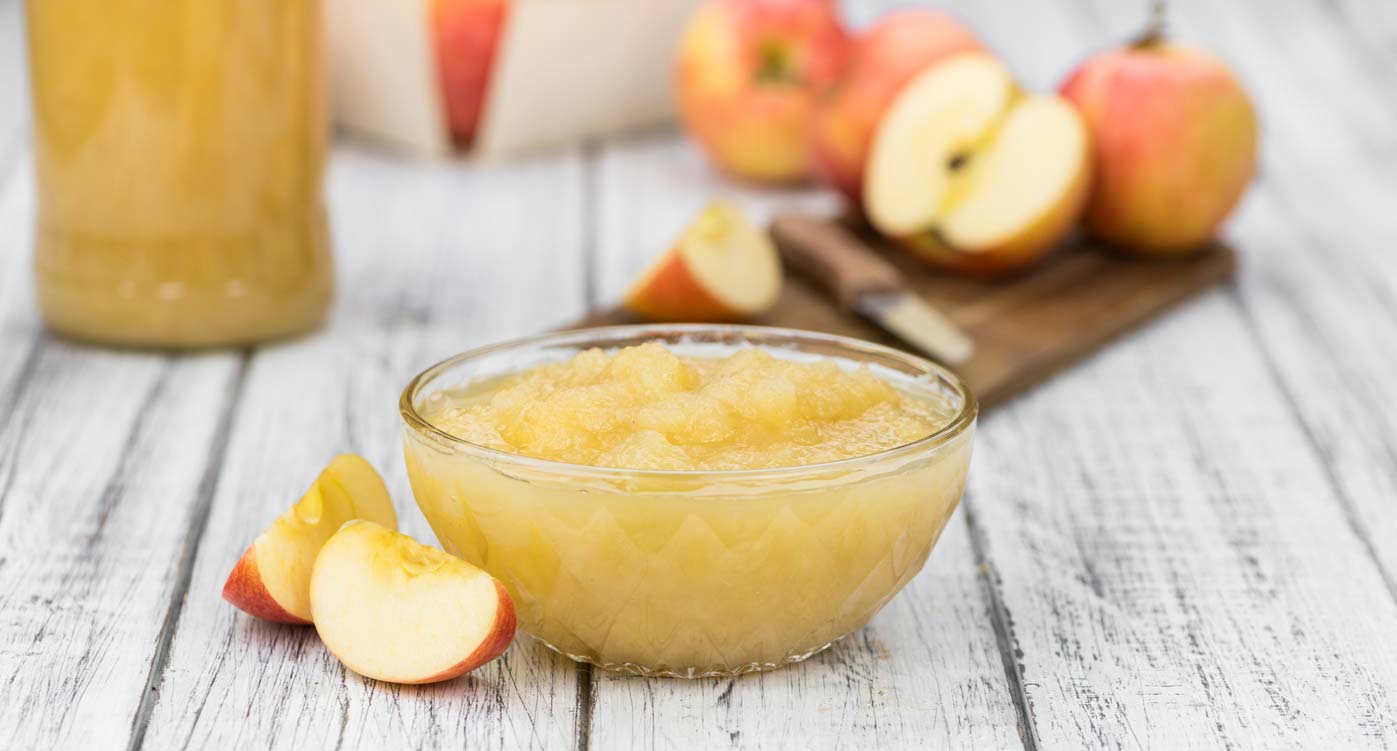
Oil is one of the easiest ingredients to replace in cooking. If you’re used to frying in oil on a stovetop, you’ll get very similar results without the grease if you just saute with water or broth. Some cooks add the water first and get it hot before adding their onions and peppers, while others begin by dry-sauteing and add the liquid once the veggies begin to caramelize and stick to the bottom of the pan. Steaming veggies can replace stir-frying completely. And a good sauce can compensate for any reduction in flavor.
If you want to omit the oil from deep frying, there are a couple of options. You can oven bake items like cauliflower cutlets and potato spears, using the broiler for the last minute or two to generate exterior crispiness. And modern air fryers, using intense halogen lamp heat and strong convection fans, can mimic deep frying in minutes with absolutely no oil.
You can also replace oil in baking with applesauce. For denser sweets like brownies, go with a 1:1 ratio. In fluffier treats, use ¾ cup of applesauce to replace a cup of oil. Also, be aware that baked goods cook faster using applesauce, so be sure to test doneness with a toothpick or fork sooner than you would ordinarily.
Other oil substitutes in baking include purees of other fruits, avocado, and nut butters.
Popular Recipes with Vegan Substitutions
Take a journey through the plant-based kitchen with the recipes below. You might find many common ingredients that you already have on hand, taking on an entire new role! Substitute plant-based milk for dairy milk in the yummy Strawberry Shortcake Overnight Oats. Watch raw cashews transform right before your eyes when you make Vegan Cream Cheese. Be amazed at the magical flax meal as it helps to form a plant-based version of meatloaf in the Lentil Flax Loaf. See how oats can be more than just a breakfast staple in the Sneaky Chickpea Burgers. And finally, a DIY caramel sauce that will blow your mind — dates take on a new meaning of naturally healthy meets naturally sweet in the Healthy Caramel Sauce.
1. Strawberry Shortcake Overnight Oats
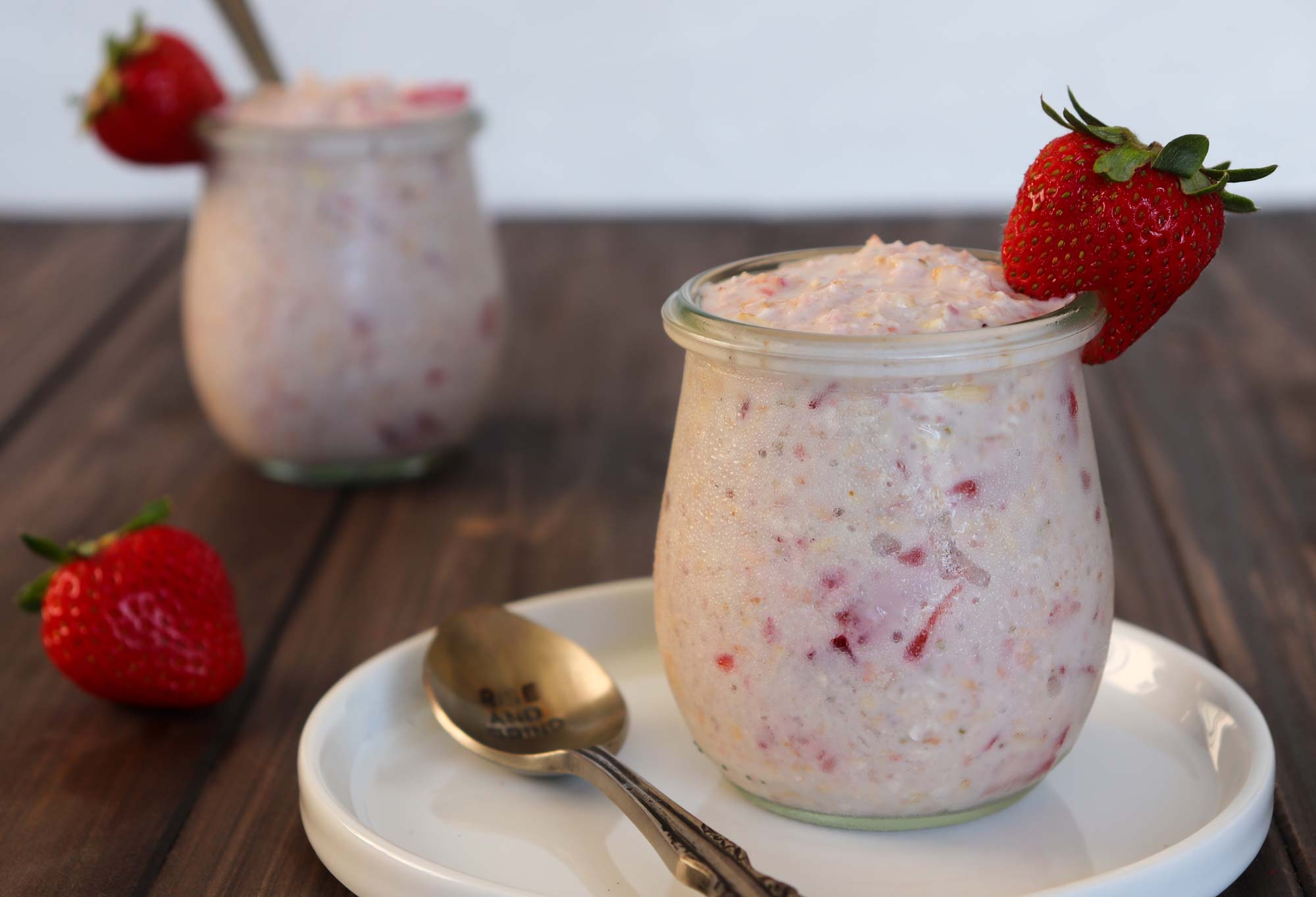
With the plethora of plant-based milk available in markets, you have probably tried one of the varieties by now. However, if you haven’t, now’s your chance! Opt for soy milk if you’re looking to replace the protein in dairy milk (soy milk also has eight grams of protein per cup). Or, choose almond milk — a popular all-around milk substitute. Or be adventurous and give hazelnut, hemp, or walnut milk a try. No matter which you choose, these overnight oats make for an exciting, dairy-free breakfast.
2. Vegan Cream Cheese
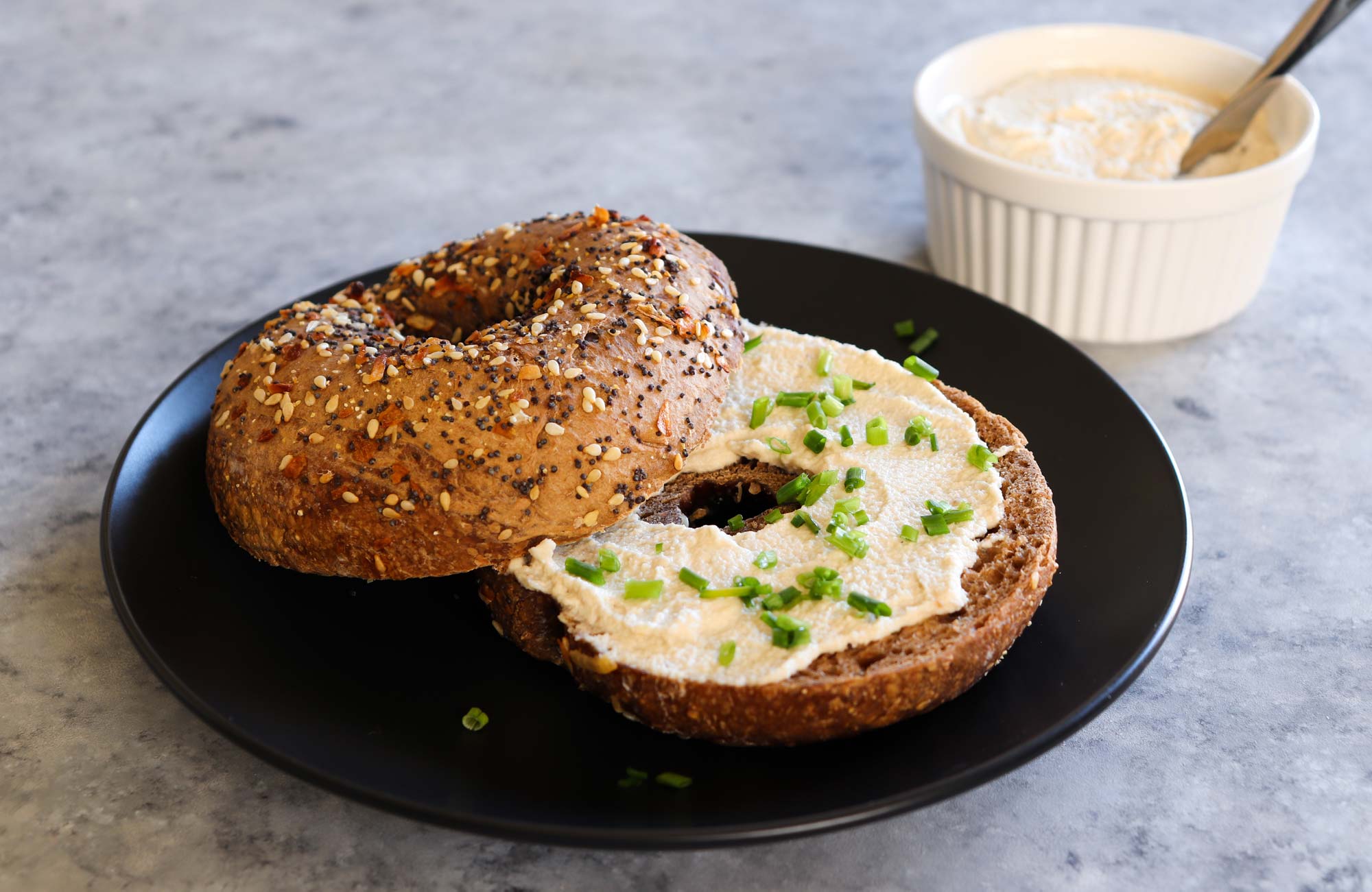
If there’s one essential ingredient you’ll find in any plant-based kitchen, it’s cashews. They might be one of the most versatile plant-based foods, able to transform themselves into cheese, sauces, creams, and dips. In this recipe, they create rich and velvety cream cheese. Serve it alongside fresh fruit to impress your family and friends!
3. Lentil Flax Loaf
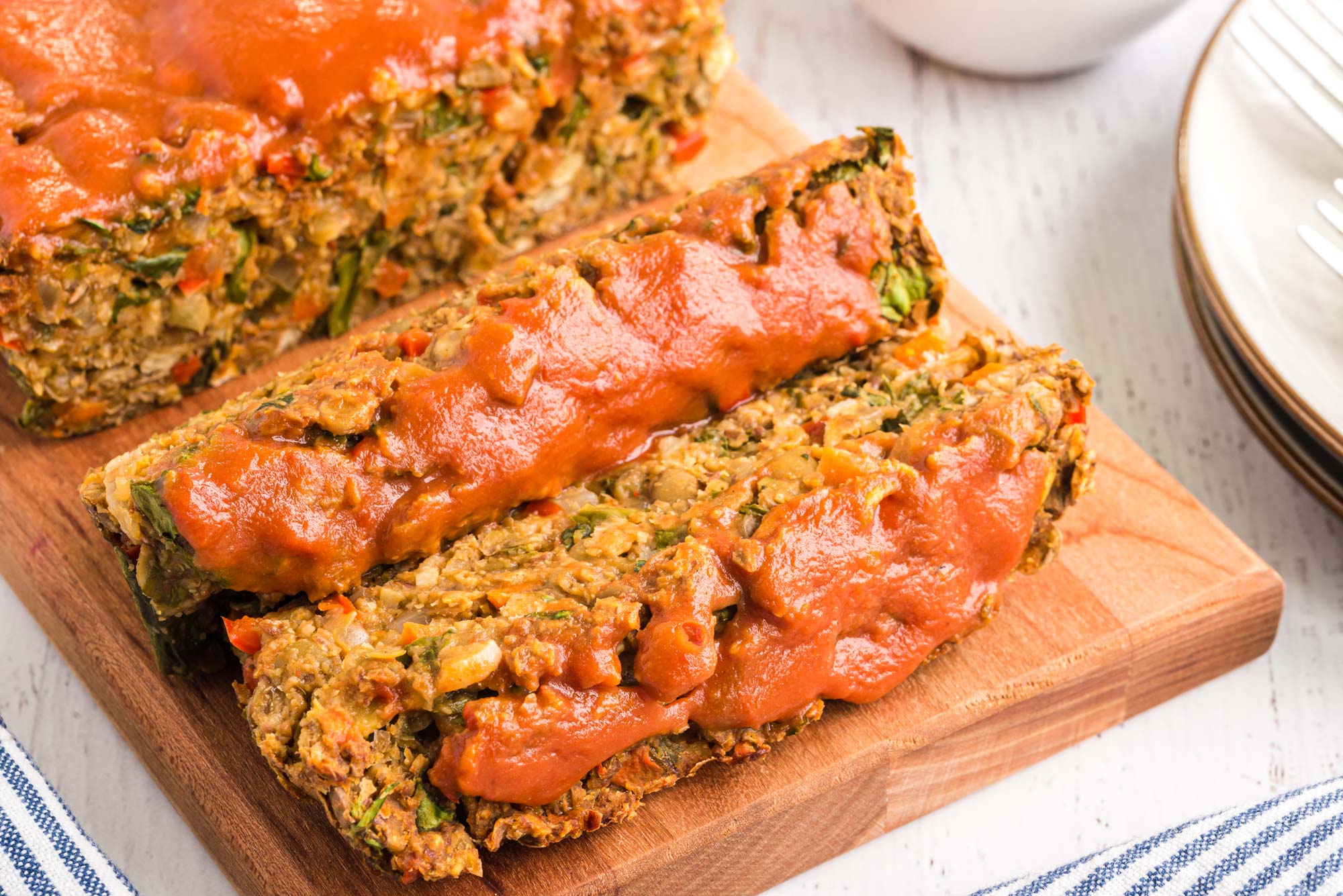
If you’ve tuned into the plant-based culinary world recently, you may have heard the term “flax egg.” Well, this recipe offers a chance to see the “flax egg” in action. Due to flax meal’s binding properties, it has the ability to replace eggs in both baking and cooking. In this recipe, it helps the ingredients stay together to form a loaf. This is just one of the many wonders of flax, and it’s not too shabby in nutrition, either — it has omega-3s, fiber, B vitamins, and lots of phytonutrients!
4. Sneaky Chickpea Burgers
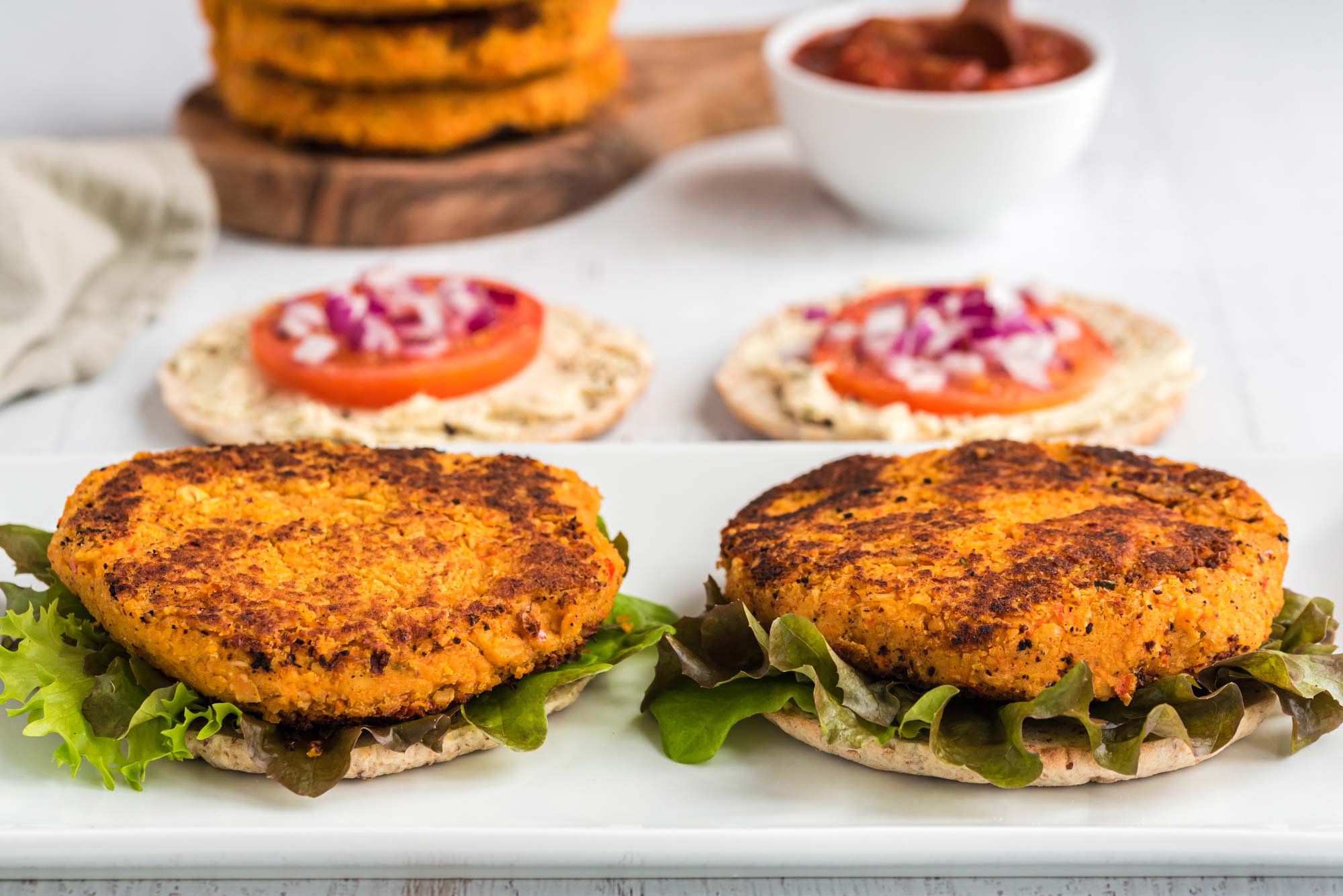
Not only are veggie burgers a great substitute for traditional burgers due to the health benefits, but with the proper ingredients, they also hold together perfectly well. In this Sneaky Chickpea Burger recipe, oats are the “flour” and act as a binder, helping the veggies and beans stay together to form the patties. Have no fear, take these burgers outside and give them the ol’ grill test! You’ll be pleasantly surprised.
5. Healthy Caramel Sauce
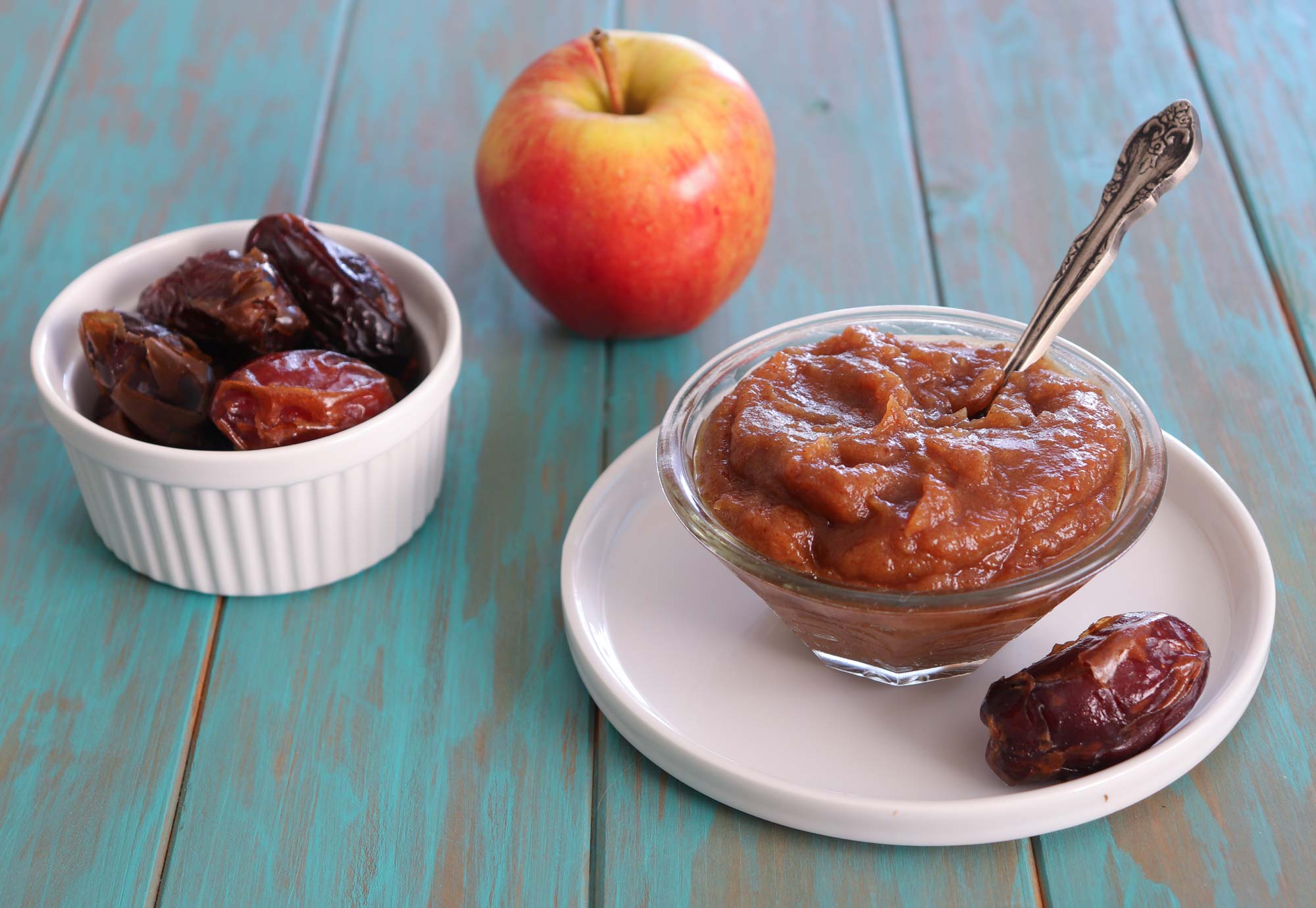
Next to cashews, dates might be the other “must-have” ingredient in the whole foods plant-based kitchen. Before you finish this recipe, take a moment to smell the aroma of pureed dates after you’ve blended them. You might be surprised that they actually smell like caramel! It makes one wonder if the caramel sauce inspiration originated from dates — naturally!
Embrace Vegan Substitutions

With so many plant-based alternatives available now, it’s easier than ever to make ingredient substitutions in recipes. While some vegan substitutions may require a little extra work if you’re making your own at home, the health benefits are worth it. Whether you’re cooking or baking, you can refer to this article on recipe substitutions to guide you on your culinary journey.
Tell us in the comments:
- What’s your favorite dairy substitute?
- Are there ingredients you want to reduce or eliminate from your diet? Did you get any ideas from this article?
- What was the most surprising vegan substitution you read about here?
Feature image: iStock.com/jchizhe

